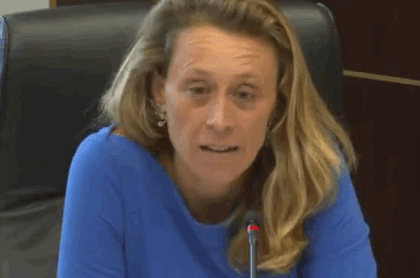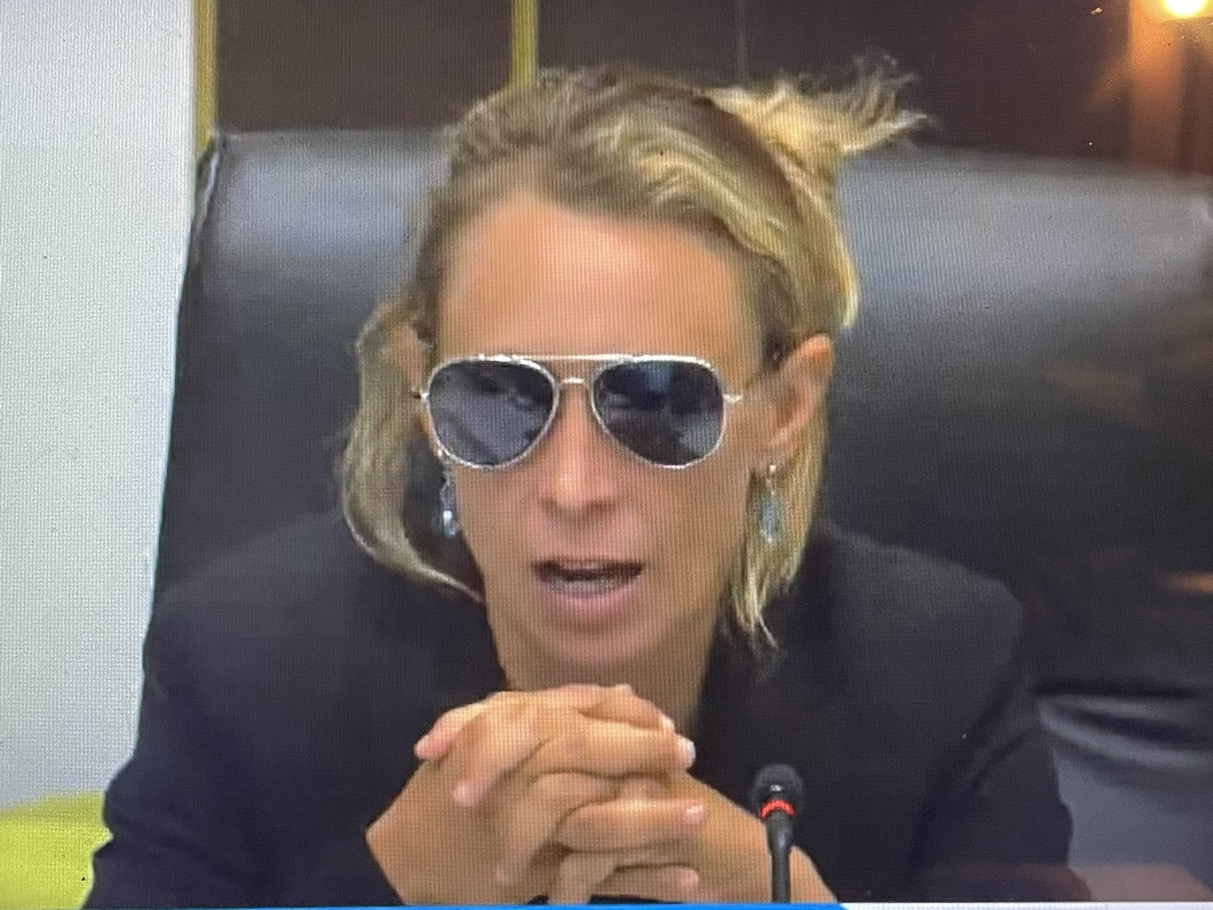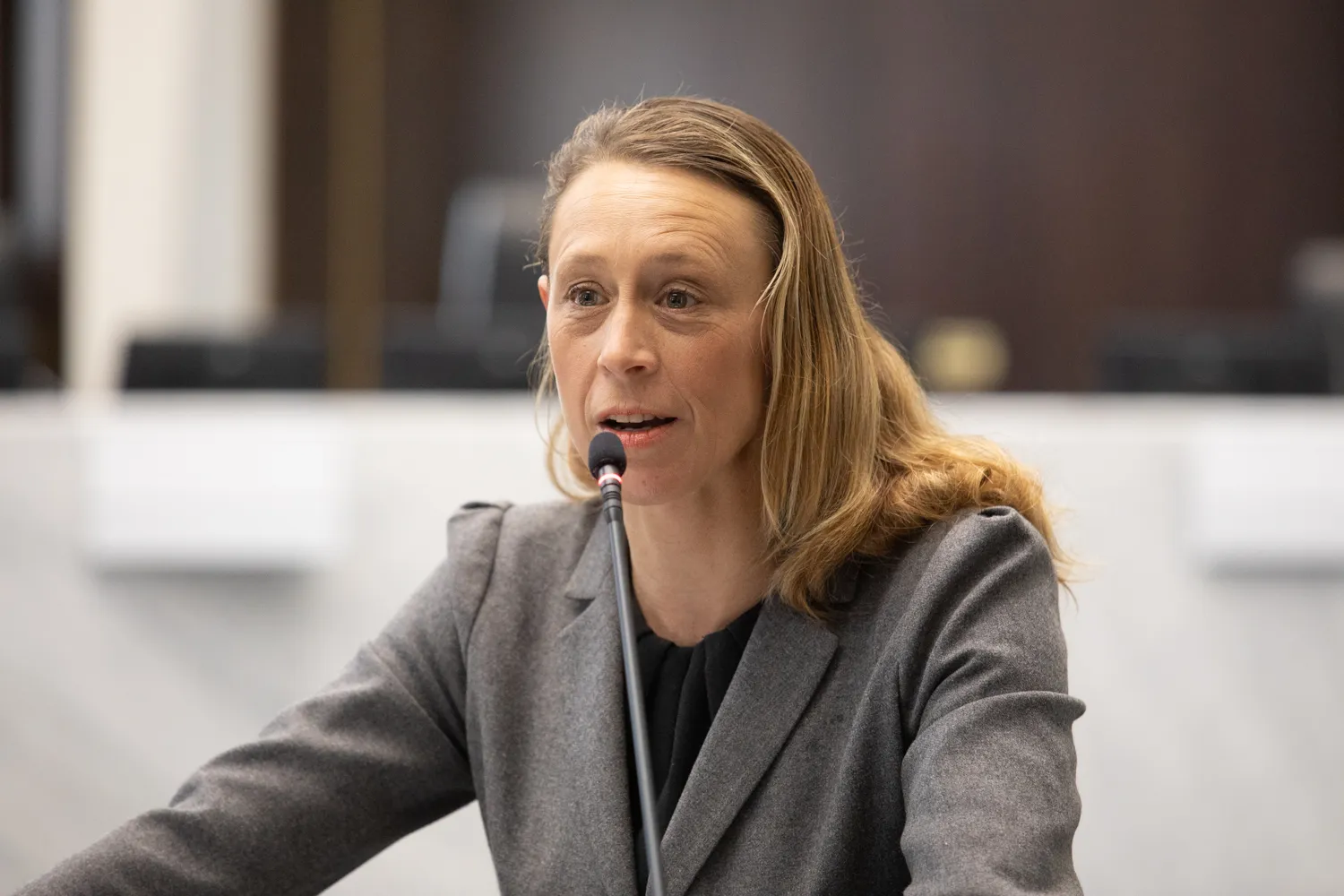The Covid-19 vaccine has been approved and distribution has started. Front line workers, as well as residents and workers in long term care facilities, are the highest priority group and part of phase 1A. Next in line is speculated to be people over 75, people over 65 with underlying conditions, and essential workers from child care, food, and emergency sectors. This group is said to be a part of phase 1B
Phase 1B is just a proposal and has not been confirmed nor defined regarding who is considered an “essential worker.” An influx of letters from state officials, public defenders, midwives, and others have begun to pour into the Community Vaccine Advisory Committee. The writers of the letters request that they too be considered essential workers and be prioritized to receive the vaccination. Since there is no true definition of an essential worker, the open-ended term has caused employees in industries of all kinds to write in with vaccination priority requests. The state meeting to recommend who will be in phase 1B is scheduled for January 6th.
Shira Shafir, an associate professor of epidemiology at the UCLA fielding school of public health states that the meeting will be guided by various criteria. She noted that historically disadvantaged ethnic and racial communities should not be given the short end of the stick.
The overall goal Shafir says will be to “maximize the benefit to society and assure equity and justice in the distribution of the vaccine”. She also points out that regardless of who the state determines to be “essential,” it will cause controversy.
There have been comments from people of all ages in response to the vaccine and the order of prioritization. For example, 78-year-old Martha Luehrmann chimed in. Martha lives in a retirement community in Oakland, Ca. She wrote to say how although she plans to take the vaccine in the future, she doesn’t feel that people in her retirement community should be first. Instead, she says it should be the health care workers, police, firemen, and other essential workers who get it.




